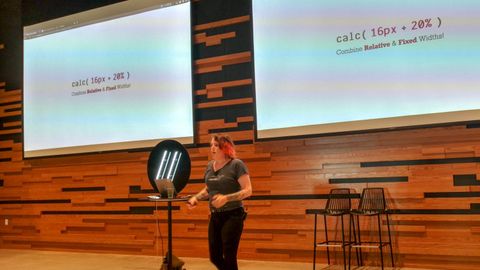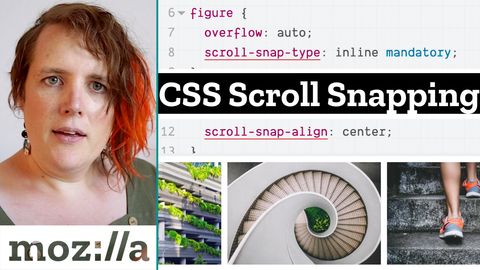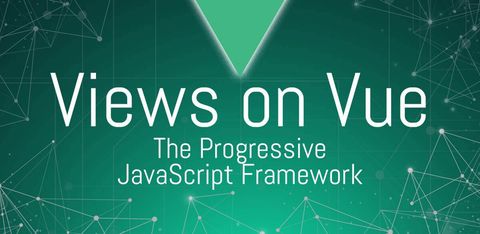Proxy State
For simple interactive sites, using a proxy to manage your state and side effects may be enough.

For simple interactive sites, using a proxy to manage your state and side effects may be enough.

API changes can be a headache in the frontend, but some initial setup can help you develop and adapt to API changes as they come. In this article, we look at one method of using OpenAPI to generate a typesafe and up-to-date frontend API client.

You may not need anything more
When adding interactivity to a web app, it can be tempting to reach for a framework to manage state. But sometimes, all you need is a Proxy.

I’m still getting used to this
There’s been a recent flurry of articles about web components, with advice on how to shape them as extensions of HTML. I decided to dig in, and see how these ‘HTML web components’ could become a part of my own workflow. Despite a few rough edges, I’m excited to see…

Learn how to leverage Web Platform Tests to ensure your polyfills are implementing upcoming browser features correctly, including how to generate a comprehensive report of failing/passing tests on each change.

Experimenting with the shared element transitions API
There’s a new web API proposal for transitioning shared-elements across pages. It’s great for making smooth page transitions, but what if we apply it to individual elements with changing styles on a single page?

Keeping your project dependencies up to date can become an unwieldy task when Dependabot opens a dozen pull requests every week. We present an alternative approach that uses only one scheduled pull request for all upgrades.

I joined some other folks behind CSS-Tricks (maybe you’ve heard of it?) to face off in the much beloved don’t-call-it-jeopardy game show. Play along while you listen (or watch). It’s JS Danger time, y’all!

with grids & custom properties

Without any JavaScript or “scrolljacking”
When we’re scrolling down a page, or through a gallery of images, snap-targets can help guide us from one section or image to the next. In the past, developers have used JavaScript to hijack scrolling, but now we can manage scroll alignment directly in CSS with only a few lines…

Hooks are the new hotness in building web applications with React. In this article for BitSrc, Erica separates fact from hyperbole to examine why OddBird has embraced the new Hooks API to deliver a better product to clients, and how we’ve benefited from having simple, consistent patterns to manage state…

We start by talking about design systems and design tooling – how they differ, and the problems they solve.

Refactr.tech 2019 aims to solve tech’s diversity problem
As we readied our seats for the first ever Refactr.tech Conference, I pondered the question: What would a technical conference look like if its organizers were intentional about inclusiveness but still centered on tech?
On Episode 18, the TalkScript team continues the live-ish at JSConfUS podcast series with guests Myles Borins, Tim Doherty, and Miriam Suzanne. Listen in!

Google Analytics is great for gathering data on who uses your web application, but becomes worthless if spam sessions start infesting your data. Here’s how we’ve tried to combat the problem for oddbird.net.

Code documentation is ideally written as close to the actual code as possible, but compiled into a comprehensive set of documentation that includes code from all languages in use. Here’s how we intend to do that.

We want the convenience of a client-side single-page application using our MV* framework of choice, but don’t want to sacrifice the SEO and UX benefits of rendering the initial markup on the server. And while we’re not here to trash on Node.js, we’re also not ready to commit to an…

You can’t always get away with a single-page app; sometimes you need server-side rendering. When you need both, here’s one approach.

Five practical JavaScript coding takeaways from jQuery Conference Chicago 2014.